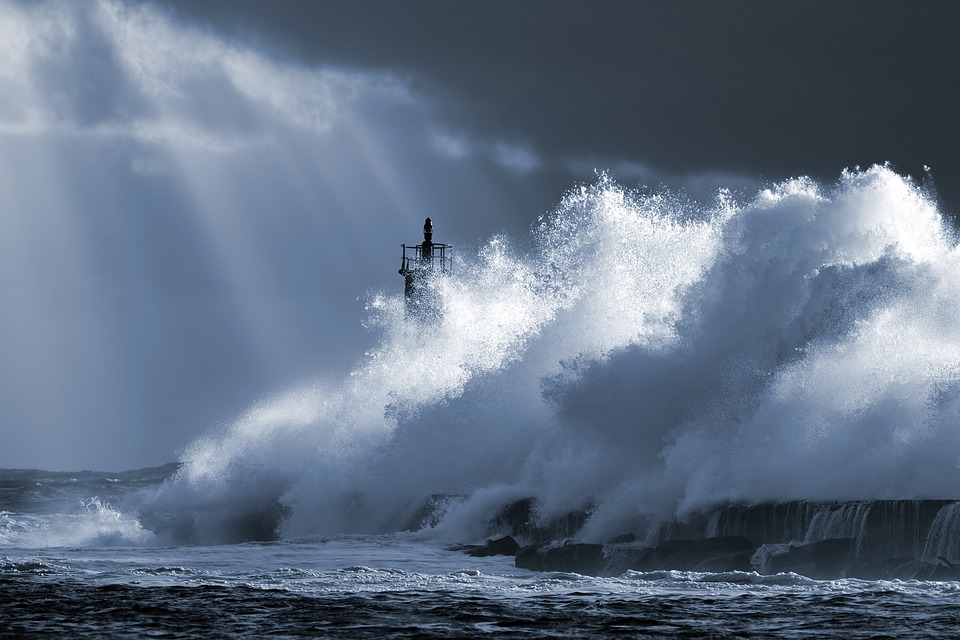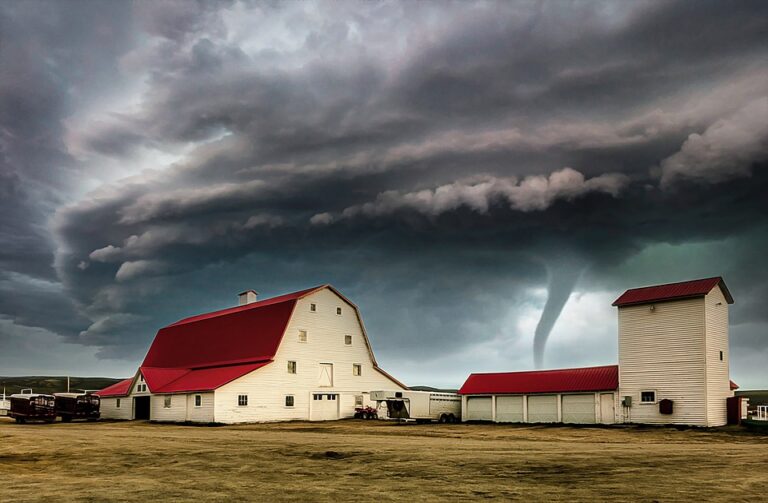The Awe-Inspiring Power of Hurricanes and Tropical Storms

Weather phenomena come in many forms, but few are as awe-inspiring and destructive as hurricanes and tropical storms. These natural events command our attention, not only because of their immense power but also due to their ability to shape ecosystems, affect human lives, and even influence global climate patterns. In this post, we delve deep into the world of these formidable storms, exploring their origins, their impacts, and the fascinating science behind them.
What Are Hurricanes and Tropical Storms?
Hurricanes and tropical storms are cyclonic weather systems characterized by low pressure, high winds, and intense rainfall. They form over warm ocean waters, where they derive their energy and grow in strength. Although they share many characteristics, their differences lie primarily in their intensity and wind speeds. A tropical storm is a precursor to a hurricane, with wind speeds ranging from 39 to 73 mph. When these winds exceed 74 mph, the system is classified as a hurricane.
The Formation Process
The birth of a hurricane begins with a cluster of thunderstorms over warm ocean waters. As these thunderstorms cluster, they begin to organize due to the Earth’s rotation and the Coriolis effect. Warm, moist air rises, creating an area of low pressure at the surface. As the air continues to rise and cool, it releases latent heat, further fueling the system. This cycle of rising and cooling continues, allowing the storm to grow and intensify.
The Role of Ocean Temperatures
Warm ocean temperatures are crucial for hurricane development. Typically, sea surface temperatures must be at least 26.5°C (approximately 80°F) for a storm to form. These warm waters provide the necessary energy for the storm, as they allow for increased evaporation and convection. This is why hurricanes are most common in tropical regions and why their frequency and intensity can be affected by climate phenomena such as El Niño and La Niña.
The Anatomy of a Hurricane
Understanding the structure of a hurricane can provide insight into its power and behavior. A hurricane is comprised of several key components:
The Eye
The eye of the hurricane is a region of calm weather at its center, typically spanning 20-40 miles in diameter. Despite the surrounding chaos, the eye is often clear and calm, with light winds and minimal precipitation. This deceptive calm can lead to a false sense of security, as it is surrounded by the most violent part of the storm—the eyewall.
The Eyewall
The eyewall encircles the eye and contains the hurricane’s most intense winds and rain. This area is where the most severe weather occurs, with hurricane-force winds and torrential downpours. The eyewall is crucial for the storm’s structure, as it helps maintain the cyclone’s internal circulation and energy.
Spiral Rainbands
Extending outward from the eyewall are spiral rainbands—bands of heavy rain and thunderstorms that can stretch for hundreds of miles. These rainbands can produce intense rain and wind, as well as tornadoes and waterspouts, far from the storm’s center.
The Impact of Hurricanes and Tropical Storms
While hurricanes and tropical storms are natural phenomena, their effects can be devastating to both human populations and the environment. Understanding these impacts is essential for preparing and mitigating their effects.
Human and Economic Costs
Hurricanes and tropical storms often result in significant human and economic costs. They can cause widespread damage to infrastructure, homes, and businesses, leading to costly repairs and rebuilding efforts. Additionally, these storms can result in loss of life and displacement, leaving lasting impacts on affected communities.
Environmental Consequences
Despite their destructive nature, hurricanes can also play a role in shaping ecosystems. They can redistribute nutrients in marine environments, promote seed dispersal, and even help regulate ocean temperatures. However, the intense winds and flooding associated with these storms can also cause habitat destruction and harm wildlife.
Climate Change and Hurricanes
The relationship between climate change and hurricanes is a topic of ongoing research and discussion. As global temperatures rise, scientists are investigating how these changes might influence the frequency, intensity, and distribution of hurricanes and tropical storms.
Increased Intensity
One area of concern is the potential for increased storm intensity. Warmer ocean temperatures can provide more energy to developing storms, potentially leading to more powerful hurricanes. Additionally, changes in atmospheric conditions can influence storm behavior, including their potential for rapid intensification.
Changing Patterns
Climate change may also affect the geographic distribution of hurricanes and tropical storms. Some models suggest that warming temperatures could expand the range of these storms, potentially affecting regions that are not traditionally prone to such events.
Conclusion
Hurricanes and tropical storms are among the most powerful and awe-inspiring phenomena on Earth. Their ability to shape climates, ecosystems, and human lives underscores the importance of understanding these storms and preparing for their impacts.
As our climate continues to change, further research will be essential to better predict and mitigate the effects of these formidable storms, ensuring the safety and resilience of communities worldwide.






